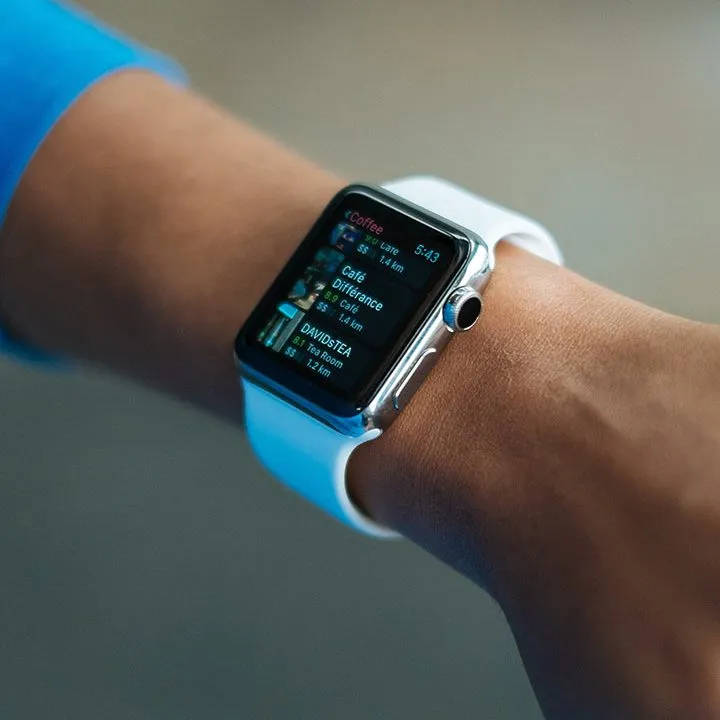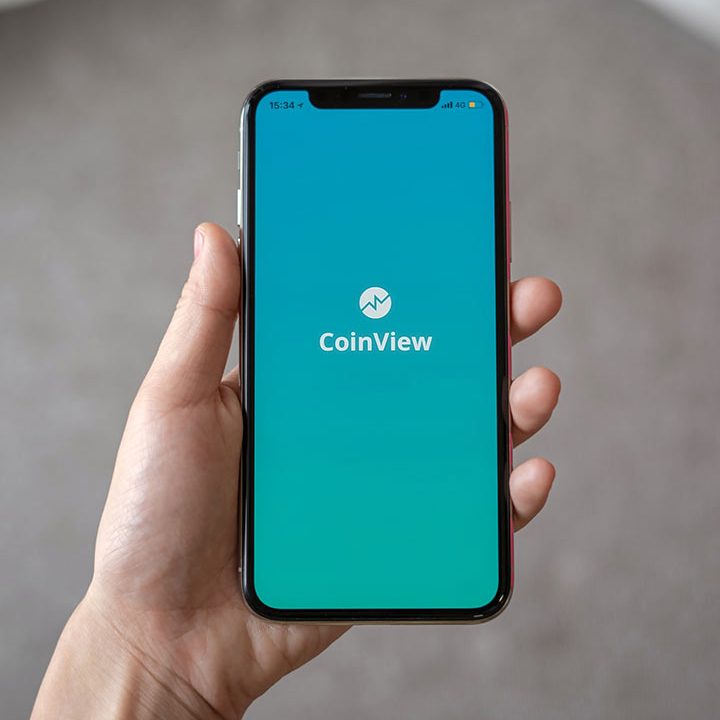Market Insights: Digital Marketing Trends in 2025 – 6 Key Insights for Hong Kong
Reading Time: 9 min
Amid global inflation and the surge in cross-border consumption, Hong Kong’s economic challenges are becoming increasingly severe, putting greater operational pressure on businesses. As 2024 comes to a close, companies must reassess their marketing strategies to adapt to the new environment. Let’s explore the six major trends in digital marketing for Hong Kong in 2025, hoping to help brands find new opportunities in a challenging market.
Summary
- 1. Is Threads Hong Kong's Next Big Social Media Platform?
- 2. Why Engaging Content Matters More Than Follower Count
- 3. Micro-Influencers and KOCs: The New Powerhouse of Marketing
- 4. Artificial Intelligence (AI) Content Creation: Transforming Content Marketing and SEO
- 5. The Rise of Hyper-Personalisation in Digital Marketing
- 6. The Increasing Importance of First-Party Data
- Conclusion
1. Is Threads Hong Kong's Next Big Social Media Platform?
Instagram Threads caused a stir when it was launched in 2023, attracting over ten million downloads within just five days. Although the initial excitement has since waned, Threads continues to grow steadily, with download numbers on the rise. According to AppFigures, it’s been steadily climbing the download charts and has reached 7th place worldwide in July this year. Meanwhile, its main competitor, X (formerly Twitter), isn’t even on the list. This points to a growing user base and a real opportunity for brands.
What’s the takeaway for businesses in Hong Kong? Brands should take first-mover advantage and join Threads now. Looking back at the early days of Facebook and Instagram, their organic reach and engagement rates were much higher to attract users to their platforms. Currently, Threads is in a similar explosive growth phase. As the platform matures, the algorithms of Threads are likely to become stricter. If brands miss this golden opportunity, it will be much more difficult to reach potential customers through organic reach down the road. For instance, according to data from Social Insider, the average engagement rate for brands on Instagram posts has dropped to 0.7%. Brands should immediately capitalize on this unique opportunity to gain a competitive edge.
Explore Further: Cracking the Code – Instagram Threads Algorithm Explained
2. Why Engaging Content Matters More Than Follower Count
Since Facebook and Instagram shifted their focus to interest-based content, mirroring TikTok’s successful model, Meta has seen a significant boost – a 25% year-over-year increase in revenue and a staggering 201% jump in net income over three months. This success, coupled with Meta’s report of increased user time on Facebook due to AI-powered content recommendations, underscores the effectiveness of this approach.
What does this shift mean for brands? This emphasises the importance of prioritising high-quality, engaging content. To succeed in this environment, brands should:
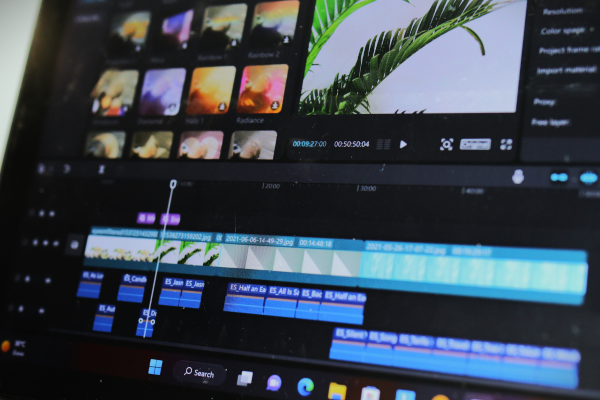
Embrace short-form video
Short, engaging videos are crucial for capturing attention in today’s fast-paced social media landscape. Experiment with Instagram Reels, YouTube Shorts, and TikTok-style content, and even consider live streams to connect with your audience in real time.
Experiment with interactive content
Polls, quizzes, Q&As, and challenges, such as those found on Instagram and Threads, can boost engagement and encourage interaction with your brand. Brands should utilise these interactive formats to engage customers and foster a sense of community.
Leverage user-generated content (UGC)
Encourage your customers to create content featuring your brand. UGC builds trust and social proof, as it comes directly from satisfied users.
Explore Further: What is UGC, PGC, EGC
3. Micro-Influencers and KOCs: The New Powerhouse of Marketing
As social media platforms shift away from prioritising follower counts, the phrase “everyone can be an influencer” has never rung truer. An Instagram report reveals that nearly half of Gen Z (48%) and over half of Millennials (58%) consider themselves content creators or influencers in some capacity.
This raises a critical question: how can brands effectively identify ideal influencers to drive sales amidst an overwhelming number of options? Two key strategies are emerging. First, AI-powered influencer marketing platforms, such as those offered by FIMMICK, provide sophisticated tools to analyse influencer performance across various social media channels, simplifying the search and selection process. Second, performance-based affiliate marketing programs focus on tangible results by rewarding influencers based on sales generated, ensuring a direct link between influencer activity and business outcomes.
Explore Further: What is Affiliate Marketing
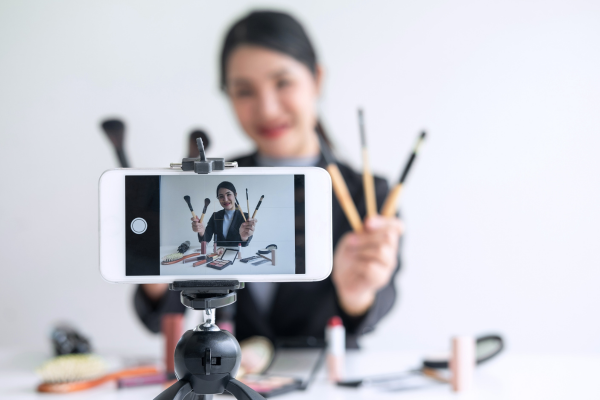
4. Artificial Intelligence (AI) Content Creation: Transforming Content Marketing and SEO
AI-generated content (AIGC) for marketing and SEO continues to gain significant traction. Research from SEMRush reveals that a substantial majority of businesses (67%) already utilise AI in these areas, with a high satisfaction rate (78%). Furthermore, 65% report improved SEO results, 67% see enhanced content quality, and 68% achieve a higher content marketing ROI thanks to AI.
AI-generated content (AIGC) is a game-changer for brand marketing, making things more efficient, boosting content quality, and ultimately driving better results. Take our AI-powered SEO content creation service, for example. We tap into real-time search trends to find the best keywords and then use AI to create high-quality, SEO-friendly content that converts and boosts sales. This data-driven approach sparks creativity and delivers laser-focused content, leading to a much better customer experience.
Explore Further: AIGC use cases
5. The Rise of Hyper-Personalisation in Digital Marketing
Hyper-personalisation is poised to revolutionise digital marketing in 2025. This trend is an advanced form of personalisation marketing leveraging AI and real-time data to craft incredibly tailored experiences. Imagine receiving product recommendations based not just on past purchases but on your current mood, location, or even the weather. This level of personalisation fosters deeper customer connections, boosts engagement, and drives conversions by delivering precisely what each individual wants when they want it. Some examples of how brands can leverage AI for hyper-personalisation include:
Contextual Recommendations
Instead of simply suggesting products based on past purchases, AI can factor in a real-time context. Imagine a fitness apparel brand recommending weather-appropriate gear based on the user’s location and the local forecast.
Dynamically Generated Content
AI can create personalised website copy, email newsletters, and messages tailored to user preferences and interests. For example, a travel agency could generate itineraries based on a user’s past travel history and stated preferences.
AI-Powered Chatbots
Chatbots like FIMMICK ConversionMax can provide 24/7 customer support, answering frequently asked questions, resolving simple issues, and escalating complex queries to human agents.
Explore Further: Integrate WhatsApp with CRM to Boost Sales & Efficiency
6. The Increasing Importance of First-Party Data
While Google announced in July that it would be postponing the anticipated and dreaded “cookie apocalypse,” it’s clear that relying on third-party cookies alone is no longer a viable strategy for advertisers. First-party data, collected directly from customer interactions, website visits, and transactions, is now the cornerstone of effective marketing. Brands must prioritise building robust first-party data strategies, encompassing comprehensive collection, integration, storage, and utilisation. It includes:
Explore Further: No Cookie Apocalypse

Develop a comprehensive data strategy
An effective strategy should encompass systematic data collection, integration, storage, and utilisation.
Implement advanced tracking solutions
Embrace methods like FIMMICK TrackingMax’s server-side tracking to enhance data quality and minimise data loss.
Leverage AI-powered data analysis
Utilise AI tools like FIMMICK InsightsMax to gain deeper and more actionable insights from your data.
Explore Further: The Rise of AI Reporting
Optimise and automate advertising with AI
Harness AI for ad optimisation and automation to improve marketing campaign efficiency and effectiveness using the collected data.
Conclusion
Navigating the dynamic digital marketing landscape in Hong Kong in 2025 requires a forward-thinking approach. By embracing the potential of emerging platforms like Threads, prioritising engaging content, collaborating with micro-influencers and KOCs, leveraging AI for content creation, and implementing hyper-personalization strategies, businesses can position themselves for success in 2025 and beyond.
Ready to take your business to the next level? Join us on Facebook and Instagram for more insights and tips on digital marketing, AI, MarTech and data. If you are interested in our services, please contact us!
Related Solutions
Related Articles
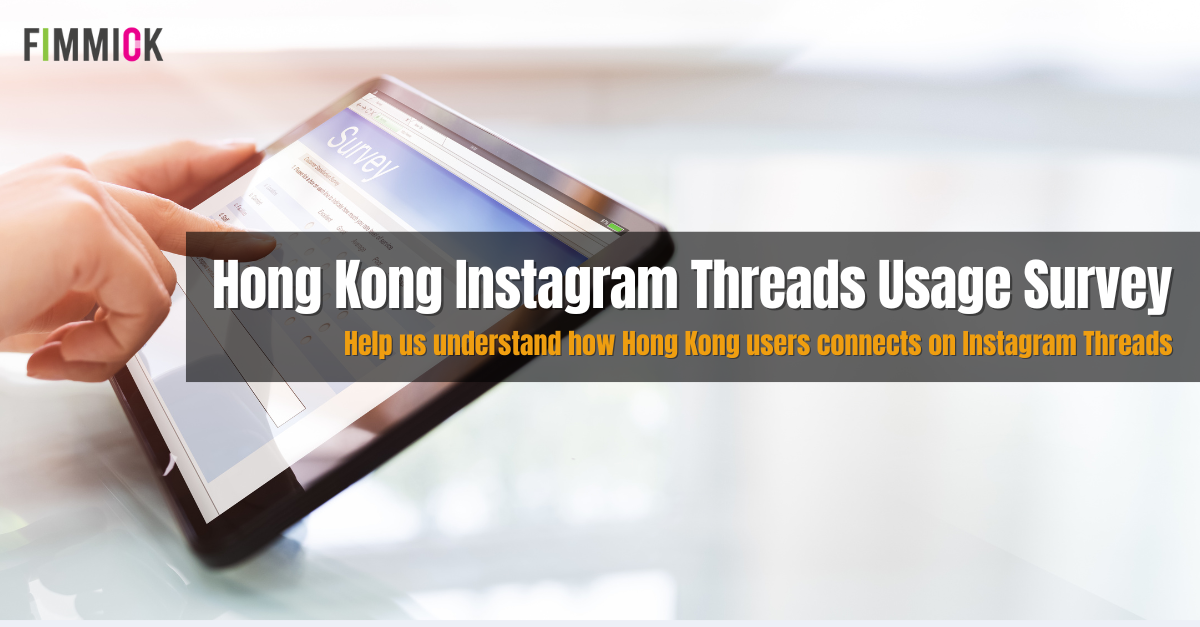
Market Insights: Instagram Threads Hong Kong Usage Survey
We’re conducting a short, anonymous survey to explore Hong Kong user habits and trends on Instagram Threads.
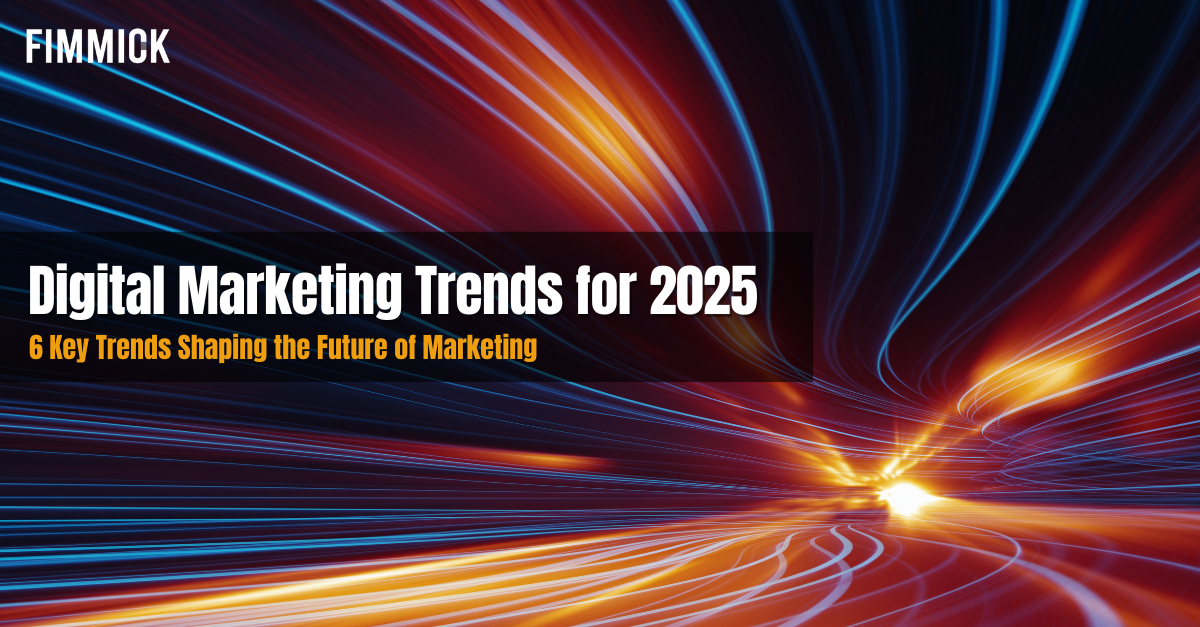
Market Insights: Digital Marketing Trends in 2025 – 6 Key Insights for Hong Kong
Discover key digital marketing trends in 2025 that will shape Hong Kong’s marketing landscape. Stay ahead with these essential insights!
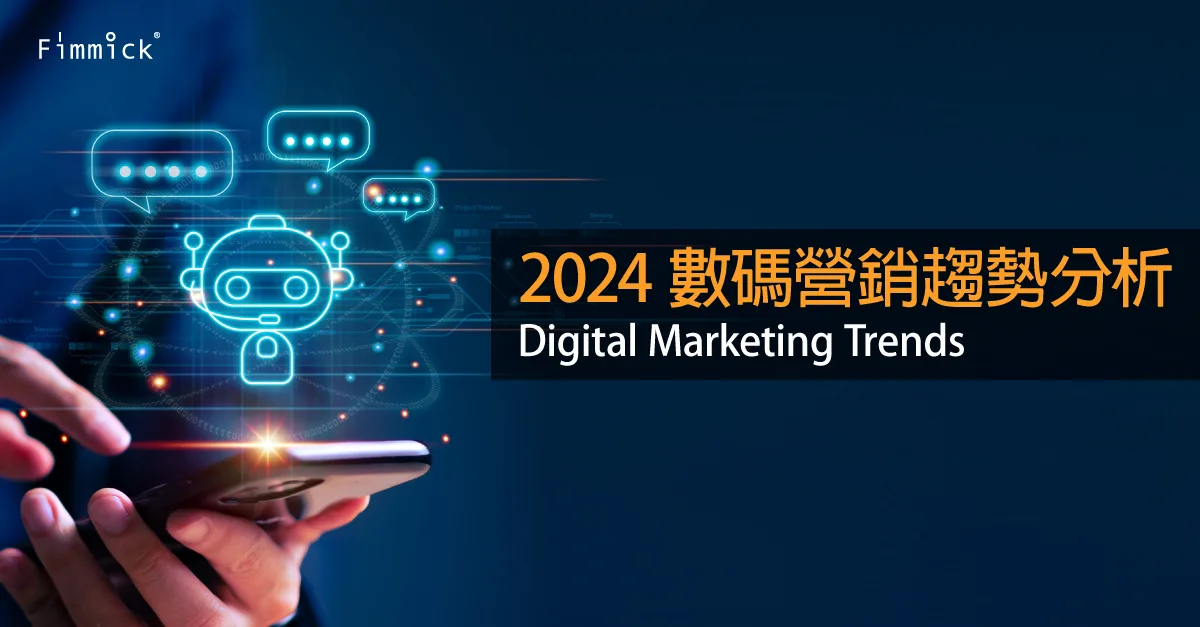
Market Insights︰2024 Digital Marketing 數碼營銷趨勢分析
2024 年即將來臨!保持靈活,深入了解不斷演變的市場趨勢將成為未來成功的關鍵。認識 2024 年數碼營銷的趨勢!






